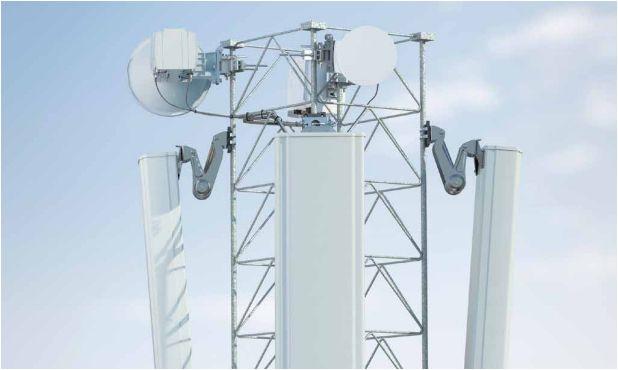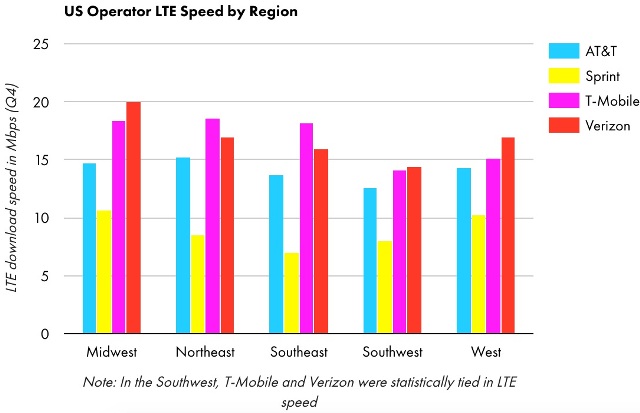
Cost reduction in GB will be prompting global telecom operators to make investment in 5G mobile networks across the world, said Mobile Experts in its study titled 5G Architectures 2017.
The report identified five key factors that will combine for 85 percent reduction in cost per GB, compared with LTE.

Field trials have proven that the 5G technology works. Despite 5G standards not being expected until 2020, 25 mobile operators announced that they are lab testing 5G. Among those, 12 progressed to field testing. Additional 4 operators announced their plans for 5G trials, said testing company Viavi Solutions.
Five operators reached data speeds of 35 Gbps or more in 5G trials. Etisalat demonstrated the highest data speed of 36 Gbps.
Ooredoo is conducting tests at 35.46 Gbps. Optus, M1 and Starhub have reached 35 Gbps.
Mobile operators are testing across a range of bandwidths, ranging from sub-3 GHz to 86 GHz. At present, 8 operators are using spectrum is 28 GHz, while 7 operators are trying 15 GHz.
 “Based on C-band spectrum and trials, we calculate a positive ROI for 5G deployment. We have laid out a forecast for a significant wave of business, beginning with fixed-broadband, then moving to tablets and hotspots, and finally to smartphones,” said Mobile Experts Principal Analyst Joe Madden.
“Based on C-band spectrum and trials, we calculate a positive ROI for 5G deployment. We have laid out a forecast for a significant wave of business, beginning with fixed-broadband, then moving to tablets and hotspots, and finally to smartphones,” said Mobile Experts Principal Analyst Joe Madden.
The telecom report said that the millimeter-wave fixed-broadband case only fits a highly targeted market in North America, and IoT applications are well served by other cheaper alternatives. 5G opportunity in Asia is gathering momentum. “We expect significant deployment in the 2019-2024 timeframe,” Joe Madden said.
 According to the new Mobile Experts study, spectrum at 3.5 GHz and 4.5 GHz is coming to mobile operators in China and Japan, where high mobile traffic density justifies another intense round of base station deployment. Dense Asian cities will need large numbers of radio heads for 5G, using sub-6 GHz bands to achieve the broad coverage required in a mobile network.
According to the new Mobile Experts study, spectrum at 3.5 GHz and 4.5 GHz is coming to mobile operators in China and Japan, where high mobile traffic density justifies another intense round of base station deployment. Dense Asian cities will need large numbers of radio heads for 5G, using sub-6 GHz bands to achieve the broad coverage required in a mobile network.
Millimeter-wave 5G will be a secondary part of the overall 5G picture. Five years from now, 3 GHz to 5 GHz will be recognized as the primary 5G bands, since these will achieve the widespread coverage and service that providers prioritize. Millimeter wave bands will add capacity in hotspot locations.
At the Mobile World Congress (MWC 2017), all participants committed to facilitating a competitive 3GPP 5G specification by June 2018 for release 15 and December 2019 for release 16, building a unified 5G E2E ecosystem including chipset, terminal, network, test instrument, etc. for roaming, and enlarging the global market scale for low cost.

“To achieve large-scale commercialization of 5G in 2020, China Mobile will strengthen cooperation with industry partners to facilitate a unified and high-quality 3GPP 5G specification, accelerate the maturity of 5G industry,” said Liu Aili, EVP of China Mobile.
Top telecom executives including Liu Aili, EVP of China Mobile; Seizo Onoe, CTO and EVP at NTT Docomo; Tom Keathley, senior vice president- wireless network architecture and design, AT&T; Matt Beal, director of Technology, Architecture and Strategy at Vodafone; Magnus Ewerbring, CTO, Ericsson Region Asia Pacific; Yang Chaobin, president of Huawei’s 5G Product Line; Asha Keddy, vice president and general manager of Next Generation and Standards, the Intel Communications and Devices Group; Satish Dhanasekaran, VP and GM at Keysight Technologies; Kevin Jou, CTO of MediaTek; Hossein Moiin, CTO of the Mobile Networks business group at Nokia; Durga Malladi, SVP of Qualcomm; Lifang Kirchgessner, VP of global wireless communication segment at Rohde & Schwarz and Zhang Jianguo, SVP of ZTE are driving 5G.





